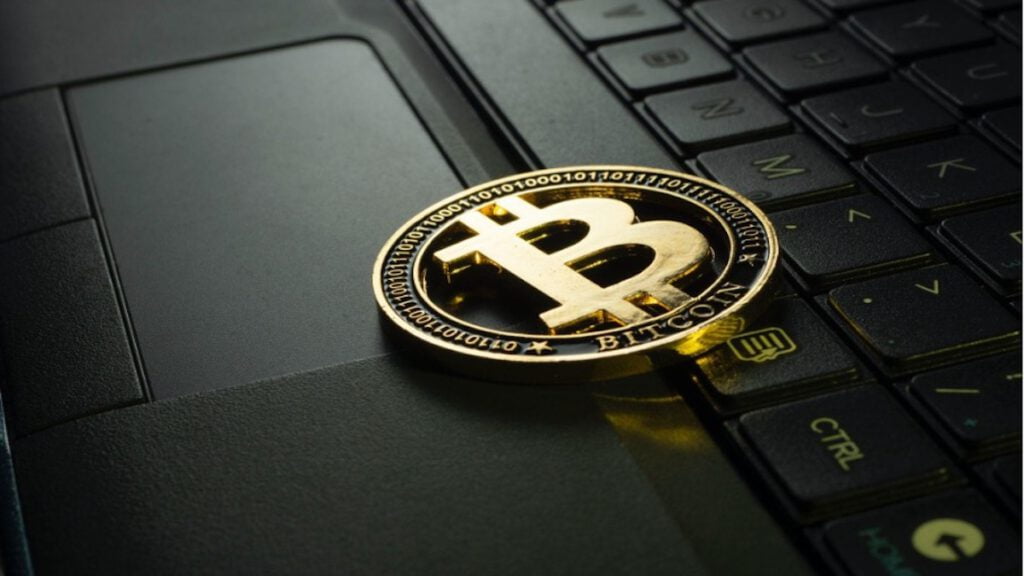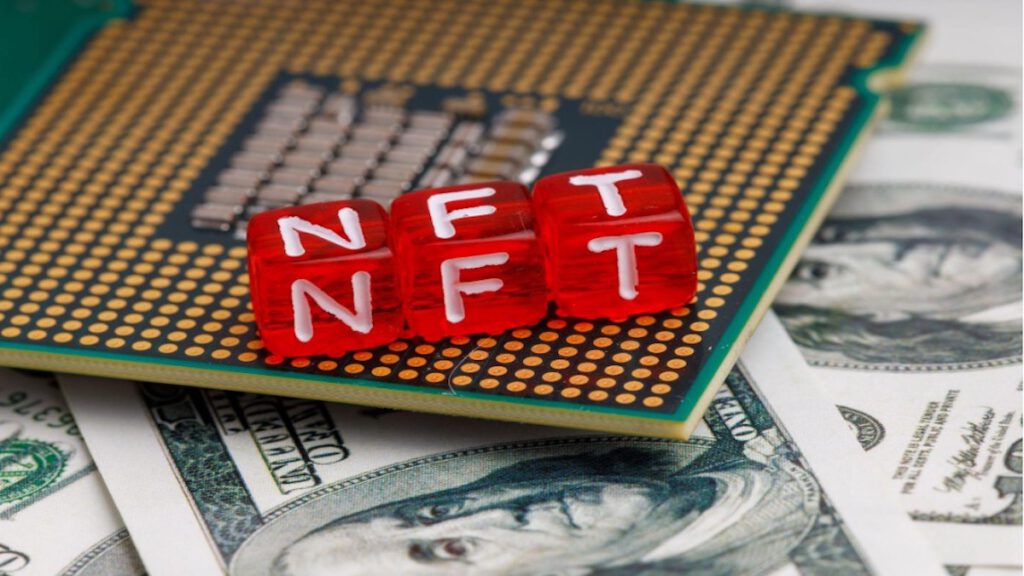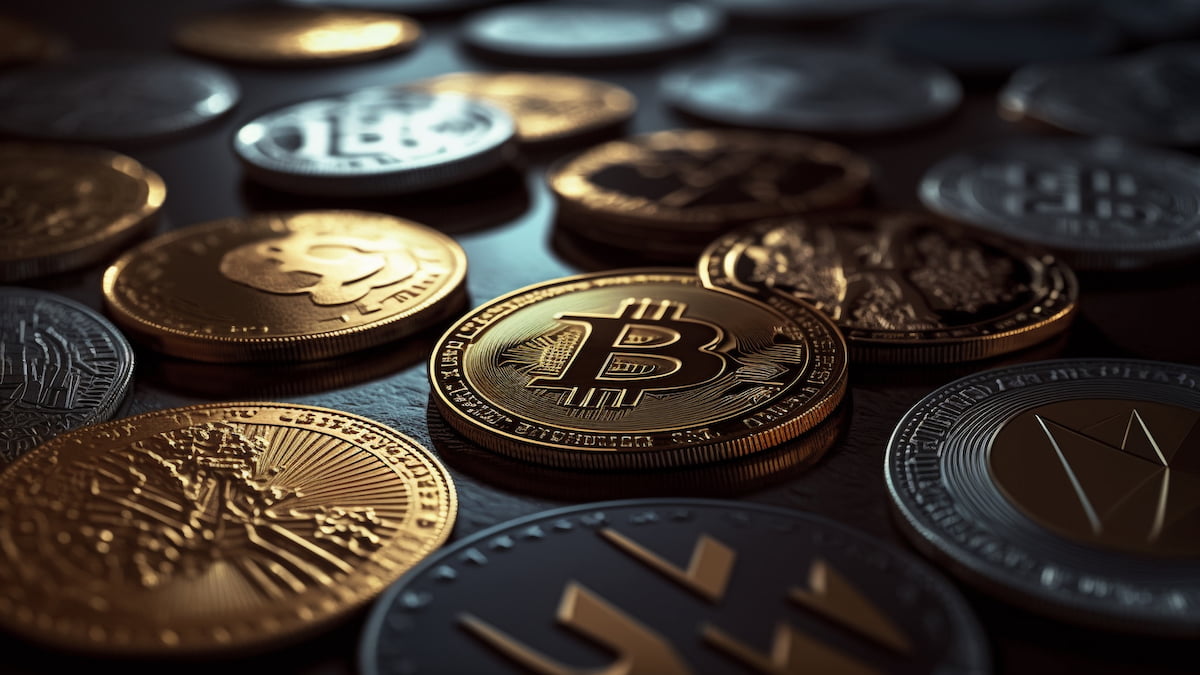Digital assets have revolutionized our lives, and among these innovations is cryptocurrency. Bitcoin, launched by anonymous entity Satoshi Nakamoto in 2009 and offering peer-to-peer transactions without intermediaries, quickly rose in popularity over time. Many more cryptocurrencies followed suit, each with distinct features and applications; Ethereum, for instance, introduced smart contracts allowing programmable transactions.
Diving into the Crypto World
The art of crypto trading — buying and selling digital currencies such as bitcoin – has quickly become an essential activity within the financial realm. Trading platforms exist where traders can exchange one cryptocurrency for another or fiat currencies. Its volatility offers profit opportunities but must be approached carefully. Simultaneously, sound strategies, technical analysis tools, and an in-depth knowledge of market trends play vital roles in this arena.
Source: Unsplash
The Difference Between NFTs and Cryptocurrencies
Cryptocurrencies are fungible assets, meaning each currency unit is identical to every other unit; this ensures liquidity and makes them suitable for transactions. Non-fungible tokens are characterized by the uniqueness of each token — something that gives them tremendous value among artists, musicians, and collectors.
Use Cases
Cryptocurrencies can be utilized for transactions, investments, and asset stores of value. Their widespread adoption could revolutionize the financial industry by offering cross-border payments and financial inclusion solutions.
Market Dynamics
The cryptocurrency market can be highly unpredictable and be affected by factors like regulatory changes, technological advancements, and macroeconomic indicators. Though highly volatile, the non-financial derivative market is driven more by individual valuations of items and demand from specific sectors like art than by general economic considerations.
Underlying Technology
Most cryptocurrencies use decentralized platforms that use blockchain technology for transparency. This ensures safety as well as immutability over the long term. NFTs rely on blockchain technology to verify and authenticate tokenized items, guaranteeing their provenance.
The Evolutionary Path
NFTs and cryptocurrencies serve as living testaments of digital innovations’ adaptability and resilience. They show patterns, challenges, and breakthroughs that have all played their parts in shaping what exists today.

Source: Unsplash
Regulatory Landscape and Challenges
One of the greatest obstacles we face with NFTs and cryptocurrencies is navigating their regulatory environments, with governments and financial institutions worldwide grappling to understand and control these digital assets.
Cryptocurrencies: Regulatory bodies have generally viewed cryptocurrency investments unfavorably due to fears regarding illegal use, potential disruption to traditional financial systems, and lack of central control. Some countries have responded with strict regulatory oversight while others have welcomed them with open arms for seeing its benefits.
NFTs: The regulatory landscape surrounding NFTs is still being defined. Debate has ensued regarding intellectual property rights, taxation, and authenticity issues related to digital items. The public can expect more precise regulations as this market matures.
Innovation and Future Potential
Digital assets are ever-evolving and present constant opportunities and developments — from newly minted exchange-traded funds (ETFs) and cryptocurrencies. With new use cases, platforms, and technologies, investment opportunities are always emerging.
Cryptocurrencies: With innovations like Lightning Network for Bitcoin and Layer 2 solutions for Ethereum ensuring faster transactions and increased scalability, technology like this promises to pave the way for wider adoption and new use cases.
NFTs: Innovations within the NFT space have broadened their application. From virtual real estate and tokenized physical assets to integration with augmented and virtual reality applications, it’s invigorating to observe recent advancements within NFTs.
Understanding Value Determination
One significant distinction between NFTs and cryptocurrencies is how their values are determined. Cryptocurrencies like Bitcoin and Ethereum derive their worth through market fluctuations impacted by supply-and-demand dynamics, macroeconomic factors, technological advancements, regulatory news updates, and market sentiment analysis.
On the other hand, NFT values often correspond with specific assets represented by each token, such as digital art pieces, collectible items, or tweets whose rarity, uniqueness, or demand play an essential part in setting their price.
Trading Dynamics
Trading dynamics differ substantially between NFTs and cryptocurrencies. Cryptocurrencies are fungible — meaning one unit of cryptocurrency can be valued equal to any other unit — making them ideal for use as a medium of exchange.
NFTs, on the other hand, with unique values, are better at representing one-of-a-kind items like art or collectibles than trading an equivalent unit in cryptocurrency form. When you trade NFTs, you are exchanging an individual digital item, whereas, with cryptocurrency, you’re trading a unit of value.

Source: Unsplash
Market Volatility
Cryptocurrencies are notorious for their price volatility; prices can wildly swing back and forth due to numerous influences. NFTs tend to follow more stable value curves due to being tied directly to specific items; nevertheless, fluctuations are seen even within this trading sector.
The digital asset landscape is expansive. NFTs and cryptocurrencies represent revolutionary advancements in finance and technology; each offers distinct services and characteristics explicitly tailored for different use cases. For instance, cryptocurrencies offer decentralized alternatives to traditional money, while NFTs redefine the concept of digital ownership and authenticity concerns. As digitalization progresses, enthusiasts, investors, and creators must grasp all nuances associated with each asset to make informed decisions and engage meaningfully within this realm.
The post NFT vs. Crypto: Head-to-Head Comparison appeared first on NFT News Today.
Credit: Source link































